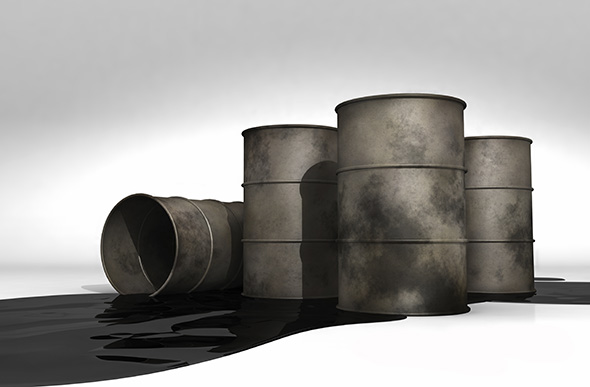Response
If there is a chemical spill at your workplace, having a quick response and clean up is extremely important. If you see a spill, you need to immediately alert your supervisor and any other area occupants. That way, everyone will be able to evacuate the area if they need to. You should also call the emergency services if there is a fire or somebody gets injured. If the chemical spill gets on your clothing, you need to remove that clothing immediately. You should also flush your skin with water for at least 15 minutes. If the spill contains a liquid that is flammable, make sure to remove anything that could potentially lead to a fire, and ventilate the area. If the spill is small, you should be able to neutralize it on your own with the help of other employees. If it is large, or if it has been released to the environment, you need to contact public safety. You should protect all floor drains so the spill does not get into the sewers and released into the environment. Once you have the spill contained, make sure you decontaminate any surface the spill touched using a mild detergent and water.
Develop a Plan
As with any emergency, having an action plan in place before a chemical spill occurs is the best way to ensure that you are always prepared for a spill. Your plan should take into account the potential for release into the environment, the potential toxicity of the chemical, and the physical characteristics and volume of the materials being handled. You should review other companies with similar material so you can see what kind of spill management equipment they have, and then acquire sufficient quantities of this equipment. Place this equipment in an easily accessible location, but one that is out of the area where a spill could occur. The last thing you want is for the spill to damage the equipment you need to control the spill! The response plan should also include the name and numbers of people who need to be contacted in the case of a spill, evacuation plans that include the location of all emergency exits, an inventory of spill control materials, instructions for containing the spilled material, and how to decontaminate the area following the cleanup.

Required Items
There are many items that you should have handy in case a spill occurs. This includes personal protective equipment, such as Tyvek aprons and suits, shoe covers, gloves, and chemical splash goggles. You should also have absorption materials, such as spill pillows and socks, and neutralizing materials, to help neutralize acids or solvents. You will also need to keep clean-up tools handy. This includes a dust pan, a broom, waste stickers, pH test papers, sealing tape, 2 polypropylene bags, and a floor sign that can help block off the contaminated area. It is important to check these items every month, at least, to ensure they are still in good condition. You don’t want to need an item only to discover that it no longer works or is broken.

























